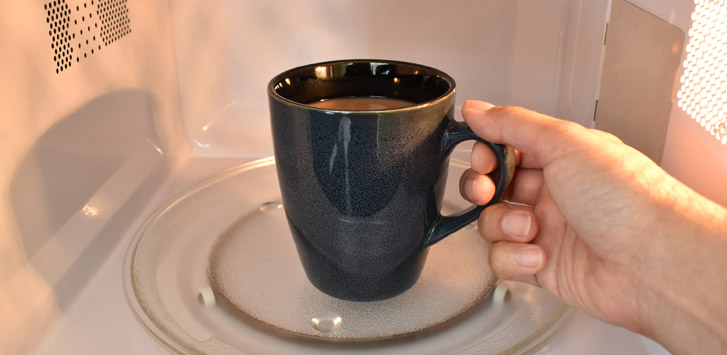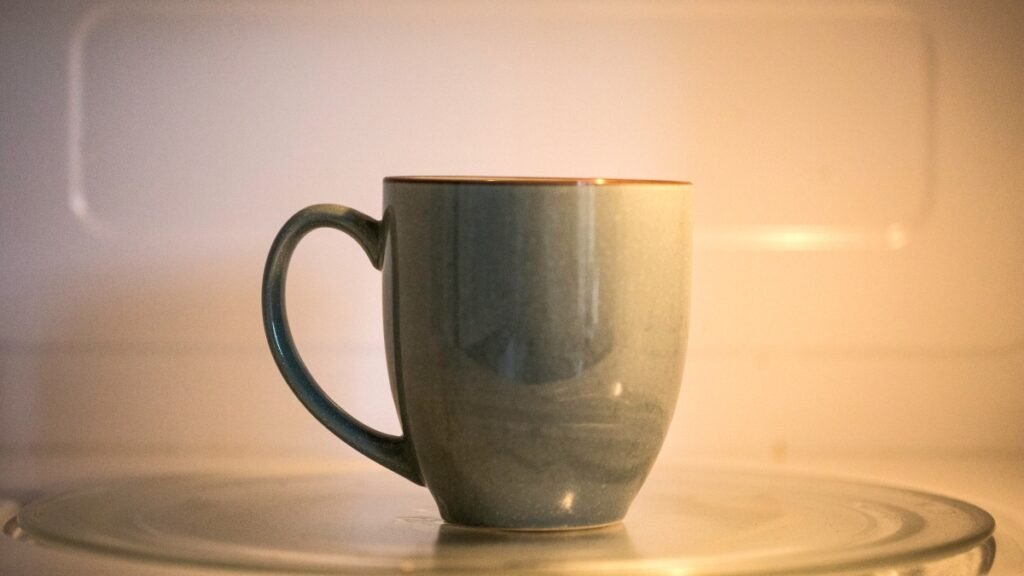Have you ever poured yourself a cup of coffee, only to get distracted and forget it on the counter for hours — or even overnight? When you finally remember it, you’re left wondering if it’s safe to reheat and drink it. This scenario happens to the best of us, especially on busy mornings. But what’s the real deal with drinking coffee that’s been left out overnight?
The General Safety of Coffee
Before diving into the specifics of reheating old coffee, it’s important to address the general safety of coffee itself. Coffee, like many other foods and beverages, can be subject to bacterial growth and changes in flavor, especially when left exposed to air.
What Happens to Coffee Left Out Overnight?
When coffee is left out at room temperature, its chemical composition changes. Here’s a breakdown of what happens:
| Time Left Out | Changes in Coffee |
|---|---|
| 1-2 hours | Slight flavor degradation, still generally safe |
| 4+ hours | Noticeable taste changes, potential bacterial growth |
| 12+ hours | Significant flavor breakdown, increased risk of spoilage |
Chemical Changes in Coffee
If left out overnight, coffee undergoes several chemical changes. These alterations can significantly impact both its flavor and safety.
Breakdown of Acidity
Coffee naturally contains various organic acids, which contribute to its flavor profile. Over time, these acids break down, leading to a more bitter and less aromatic cup.
Oxidation
Oxidation is another critical factor. When coffee is exposed to air, its compounds react with oxygen, causing it to become stale. This process not only affects flavor but can also create compounds that might not sit well with your stomach.
Microbial Growth
Coffee isn’t typically a hospitable environment for bacteria and mold growth due to its acidity. However, if there are any additional elements such as milk or sugar, the risk of bacterial growth increases significantly.

The Impact of Temperature
Temperature is a crucial factor in determining the safety of reheating coffee. Let’s explore how different temperatures can affect coffee left out overnight.
Room Temperature
Room temperature can vary but generally falls between 68-72°F (20-22°C). This temperature range allows for some microbial growth, especially if other additives are present in the coffee.
Refrigeration
If you know you won’t finish your coffee soon, it’s best to store it in the refrigerator. The cooler temperature (around 40°F or 4°C) will slow down the chemical changes and greatly reduce bacterial growth.
Freezing
Freezing coffee isn’t recommended for regular consumption as it can significantly alter the flavor. However, if you’re super cautious about safety, freezing left-over coffee is an option, though it might result in a less-than-ideal drinking experience.
The Importance of the Type of Coffee
Believe it or not, the type of coffee you’re drinking can affect its safety when left out. Let’s look at how different types of coffee handle being left out overnight.
Black Coffee
Black coffee is relatively safer to leave out compared to coffee with additives. Its lack of sugar or milk means it’s less likely to develop harmful bacteria quickly. However, it can still become stale and bitter.
Coffee with Milk or Cream
Coffee with milk or cream presents a higher risk when left out overnight. Dairy products are fertile grounds for bacterial growth, making this type of coffee possibly unsafe to reheat and consume.
Sweetened Coffee
Similar to coffee with milk, sweetened coffee can also harbor bacterial growth more quickly due to the sugars present.

Reheating Coffee Left Out Overnight
So, you’ve determined whether your coffee is likely safe. Now, let’s tackle the reheating process. How you reheat your coffee can also make a difference in terms of safety and flavor.
Microwave
The microwave is the most convenient method. Here’s how to do it:
- Pour the coffee into a microwave-safe cup.
- Heat for 30-second intervals.
- Stir between intervals to ensure even heating.
Stovetop
Reheating on the stovetop may take a bit longer but offers better control over temperature:
- Pour coffee into a small pot.
- Heat on low to medium heat.
- Stir occasionally until it reaches your desired temperature.
Coffee Maker with a Hot Plate
If you have a coffee maker with a hot plate function, you could reheat your coffee:
- Pour the coffee into the carafe.
- Place back onto the hot plate.
- Monitor the temperature until it’s warm enough to drink.
Electric Kettle with Temperature Control
If safety and flavor are top priorities, using an electric kettle with temperature control offers a middle ground:
- Pour the cold coffee into the kettle.
- Set to a moderate warming temperature (around 140°F or 60°C).
- Heat until it reaches the desired temperature.
Potential Health Risks
Understanding potential health risks can help you make an informed decision. While black coffee left out overnight isn’t extremely hazardous, other types can pose real risks.
Food Poisoning
Milk, cream, and sugars increase the risk of foodborne illnesses. Symptoms can include stomach cramps, nausea, and diarrhea. The risk might be low, but it’s not negligible.
Mold
Even though the chances are slim, especially for black coffee, the presence of any mold is a sign to discard the coffee. Mold can produce mycotoxins, which are harmful to your health.

Factors That Improve Safety
If you still want to drink your leftover coffee, certain practices can improve its safety:
Airtight Containers
Store your coffee in an airtight container to minimize exposure to air and slow oxidation.
Clean Equipment
Ensure that your coffee maker, cups, and any storage containers are cleaned regularly to reduce bacterial contamination.
Immediate Refrigeration
If you anticipate needing to leave your coffee for a prolonged period, refrigerate it as soon as it cools down to room temperature.
Flavor Considerations
Even if reheating old coffee is safe, it might not taste great. Here’s why:
Loss of Aromatics
Most of coffee’s flavor comes from its aromatics, which dissipate over time, especially when exposed to air.
Increased Bitterness
Oxidation and breakdown of acids contribute to a more bitter taste, making the coffee less enjoyable.
Solution: Fresh Coffee
Sometimes, the best solution is to brew a fresh cup. It’s not just about safety but also about enjoying your coffee experience.

Practical Tips
Here are some practical tips to handle leftover coffee more efficiently:
Brew Smaller Amounts
If you find yourself with leftover coffee regularly, try brewing smaller quantities to match your consumption better.
Use a Thermos
A good quality thermos can keep your coffee warm for hours without significant flavor degradation.
Cold Brew Alternative
Consider making cold brew coffee. It can be stored in the fridge for days and maintains its flavor much longer than regular hot brew.
Conclusion
Can you reheat coffee that was left out overnight? The answer is a bit nuanced. If it’s black coffee, the risk is lower but the flavor might be compromised. For coffee with milk, cream, or sugar, it’s generally safer to discard it to avoid potential health risks. Always prioritize safety and, when in doubt, brewing a fresh cup is the best choice.
By following these guidelines, you can enjoy your coffee without worrying about potential health risks or flavor degradation. So, the next time you accidentally leave your coffee out, you’ll know exactly what to do!

